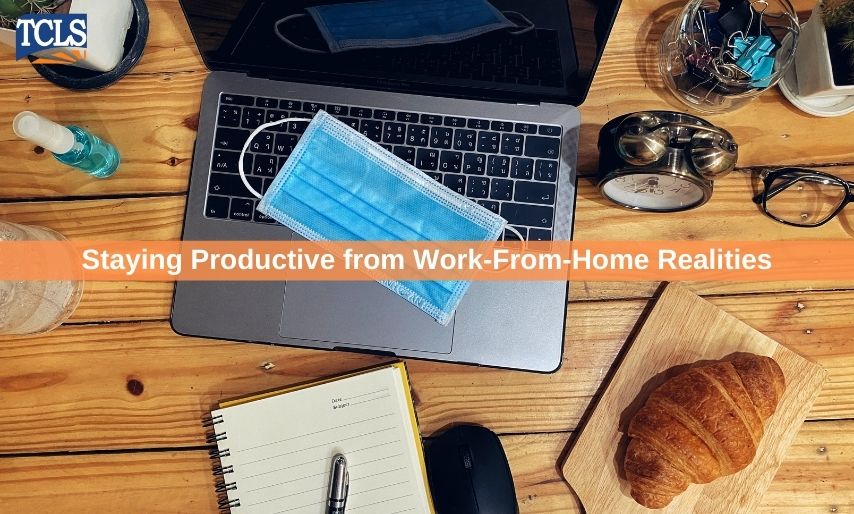Today, millions are working productively from home, and even when it felt feasible for employers to ask them to start their commute once again, many have extended the work-from-home option into 2021. But how has this played out with remote workers? Did their giddiness to set up a laptop and work in their sweats last? MoneyTalkNews’ Emily Courtney talks about how to keep your attitude positive if you work from home.
“In the best of times, working from home is associated with all sorts of positive emotions for remote workers — freedom, autonomy, trust, and happiness, to name just a few. Indeed, remote work is often considered the ‘holy grail’ of flexible work options, with benefits galore that far outweigh any potential downsides,” she says. Working from home during the pandemic, however, is not welcomed by all. Juggling personal and professional priorities without access to many of our normal outlets can weigh down on many of us.
How to Cope Up with Negative Emotions of Work From Home
It may well be that the key to handling working remotely is accepting (instead of resisting) some of the negative emotions that come along with it. Trying to develop an “attitude of gratitude’ may well be one of the quickest paths to a positive, happy outlook. While it may feel cathartic to complain, in one study, participants who wrote a few sentences a week for 10 weeks about things they were grateful for were more optimistic and felt better about their lives than those who wrote about what irritated them.
So what can you be grateful for? A supportive boss? Being able to watch your kids grow up and have more time with them? Having more time for self-care? “How you frame something in your mind determines how you experience it,” says Courtney. “So, if you approach things with a ‘glass-half-empty’ attitude, you’ll tend to experience them as lacking. Fortunately, you are in complete control of your mindset.”
Other ways to happily accept your remote fate include setting up an efficient, comfortable home office instead of taking up space on the sofa with your laptop. Even if your dining room table is all that is available, consider surrounding yourself with things that make you happy — plants, photos of the family, and artwork. Design a backdrop that makes your Zoom meetings look professional once that laptop camera turns on.
Adapt to the New Normal and Work From Home
Remember the routines you once had when getting ready for work? Develop new ones and stick to them. Perhaps that means getting out of bed and stretching, doing a few minutes of meditation, and then heading to the Nespresso machine. Set up designated break times all day long and tell your boss, co-workers, and family members when you will be available to them.
“Bonding with others and feeling like you’re part of a community is key for staying upbeat, so work on developing your work relationships remotely,” says Courtney. “Virtual meet-ups, instant messages, group chats and other forms of remote communication can all help.” Productive hours (when you’re “in the zone”) should be focused on getting your best work completed.
Courtney suggests instead of scrolling through your phone while you eat lunch, take the time to “play” at something you really love. “Spending 30 minutes between meetings doing something you enjoy can temper any stress or negative feelings you’ve been having.” If you take care of you, you show up for others when they truly need you. Don’t let self-care slip by the wayside.
Adequate sleep, good lighting, healthy eating, limiting sugar and alcohol, and exercising are all ways to use self-care to combat stress. Taking the time to be outdoors helps tremendously as well. Courtney cites studies that showed that those who spent more time outdoors (even just walking around the block or visiting a local park) reported better sleep and felt significantly less anxiety, stress, and depression than those who spent less than 30 minutes outdoors each day.
Source: MoneyTalkNews | TBWS




